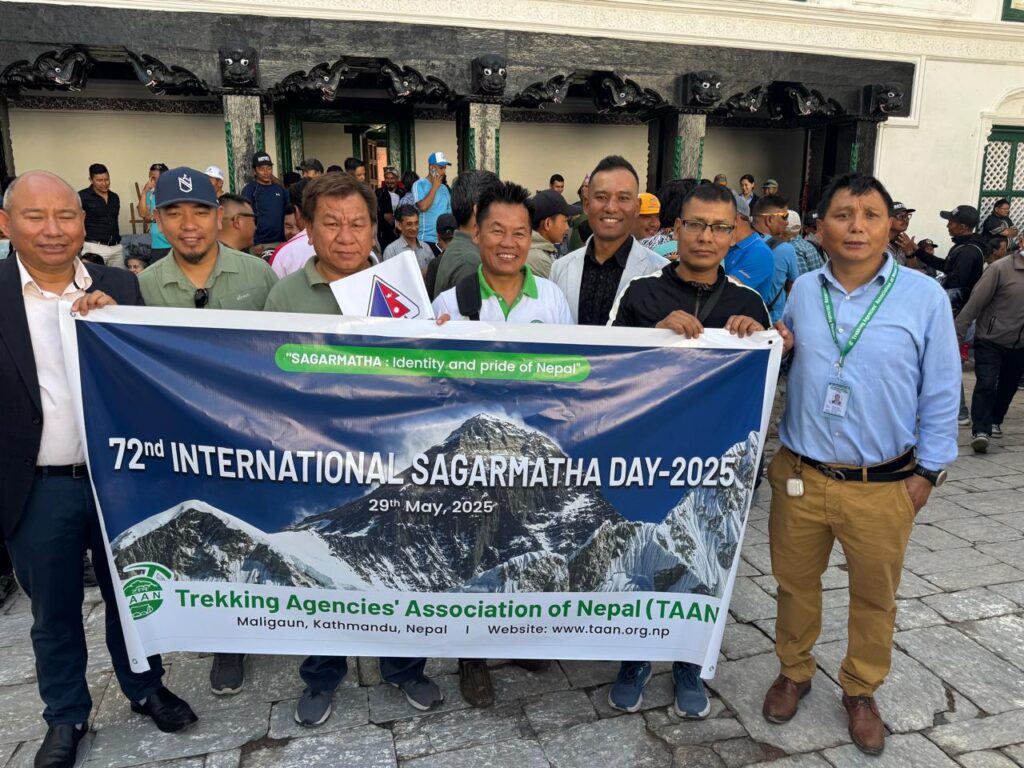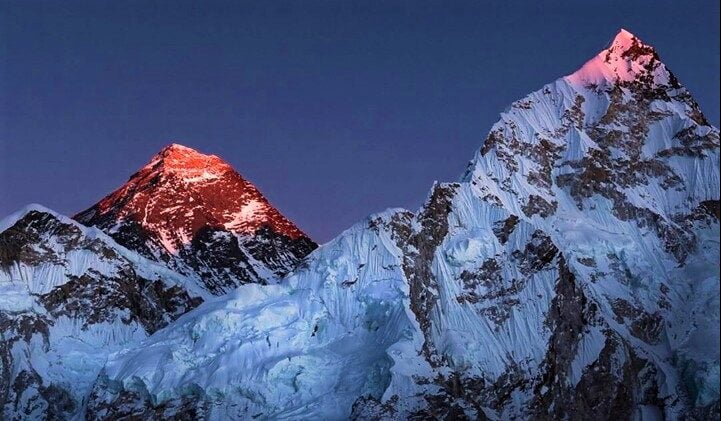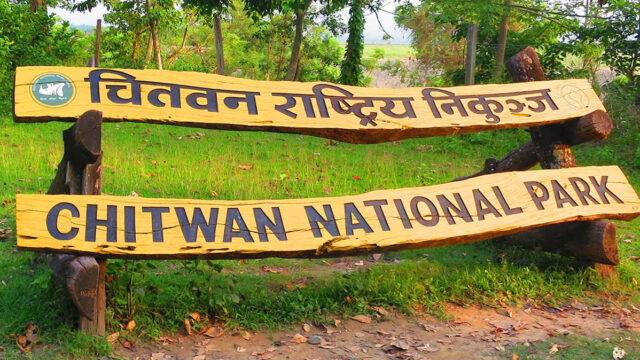As Nepal marks the 72nd Everest Day, commemorating the historic first summit of Mount Everest by Sir Edmund Hillary and Tenzing Norgay Sherpa on May 29, 1953, it is a celebration not only of human endurance and achievement but also a moment of reflection. The day, traditionally observed with rallies, events, and tributes to mountaineers, is increasingly being used as a platform to voice deep environmental concerns. This year’s rally, aimed at “Doing Justice to Everest,” is more than symbolic; it is a cry for urgent action as the world’s tallest peak slowly turns into a “Black Mountain.”
From Pristine Glory to Pollution Crisis
Mount Everest, once revered as a majestic, untouched realm of ice and rock, is now facing a critical ecological crisis. The surge in commercial expeditions over the decades has led to an alarming level of pollution. From oxygen canisters, plastic wrappers, and human waste, to discarded tents and climbing gear, Everest has become one of the highest dumping grounds in the world.
What was once a spiritual sanctuary is now being defaced by human negligence and over-tourism. The increase in the number of climbers every year has outpaced the mountain’s ability to absorb and decompose waste naturally. The situation is further aggravated by climate change, which is accelerating the melting of glaciers and exposing decades-old buried garbage, making the problem more visible and disturbing.

Everest Transforming into a “Black Mountain”
The visual and environmental degradation of Everest is real. The once pristine white slopes now carry patches of darkened, soot-covered snow and heaps of garbage. The “Black Mountain” metaphor, once an exaggeration, is becoming a sad reality. Melting ice caused by global warming is not only revealing the remains of climbers and waste but is also destabilizing the mountain’s structure.
Glacial retreat is triggering more frequent avalanches and making climbing routes less predictable and more dangerous. The black carbon soot from campfires, helicopter emissions, and climbers’ gear contributes to darkening the ice, which in turn absorbs more heat, speeding up the melting process. This vicious cycle threatens not only the environment but the livelihoods of communities that rely on Everest’s allure for tourism income.
Consequences for Nepal and Beyond
The environmental degradation of Everest has cascading consequences for Nepal. Tourism, particularly mountaineering and trekking, is a major source of revenue for the country. If Everest loses its appeal due to pollution and risk, the tourism industry will suffer. This would impact local Sherpa communities the most, who depend on seasonal expeditions for their income. Moreover, the melting glaciers are contributing to rising water levels in glacial lakes, raising fears of glacial lake outburst floods (GLOFs), which can devastate downstream villages. The international mountaineering community also stands to lose a sacred space of challenge, heritage, and awe.

Solutions for Preservation: A Multi-Pronged Approach
To preserve Everest, both national and international stakeholders must adopt a sustainable and unified approach. First, strict regulation of climber numbers during peak seasons is necessary to reduce traffic and environmental pressure. The permit system can be made more selective, with higher environmental standards and mandatory eco-training for climbers. The “carry your trash back” rule should not only be enforced but tracked through deposits or digital tagging systems.
Nepal must also invest in waste management infrastructure in the Everest region. Local government bodies, in coordination with NGOs and trekking agencies, can establish permanent waste collection and recycling centers along the route. Clean-up expeditions, which have already made an impact, should be made a regular part of the climbing season and funded by a percentage of the climbing permit fees. Using biodegradable gear and materials should be incentivized, while import restrictions on single-use plastics could be considered.
In terms of long-term climate action, Nepal needs international support. Everest is a global icon, and its protection should be a shared responsibility. Countries can support Nepal through climate finance, green technology, and partnerships in glacier research and conservation. Reforestation projects around the Sagarmatha National Park, along with efforts to reduce black carbon emissions, will help reduce the heat absorption in the region.

National Commitment and Global Solidarity
The government of Nepal must lead the charge by prioritizing environmental conservation in its tourism policies. Declaring Everest a special ecological zone with unique protective laws can pave the way for stricter enforcement. Moreover, integrating Everest’s conservation into the school curriculum and public awareness campaigns can nurture a culture of respect and responsibility toward nature among future generations.
The global community, including climbers, environmentalists, and international organizations, must support Nepal in this mission. Mount Everest may stand tall as a symbol of human ambition, but it is also a barometer of our environmental stewardship. Its future reflects the collective choices we make today.
A Rally Beyond Celebration
The rally held on the 72nd Everest Day is more than a tribute to mountaineers, it is a vital protest, a message of hope, and a demand for change. It is a moment to remind the world that celebrating Everest must go hand in hand with protecting it. If we are to keep the spirit of Hillary and Norgay alive, we must preserve the mountain they conquered with such courage. The transformation of Everest into a blackened shadow of its former self is not inevitable. With resolve, responsibility, and collaboration, we can restore its white crown and ensure that future generations experience the mountain not as a monument to pollution, but as the eternal jewel of the Himalayas.






